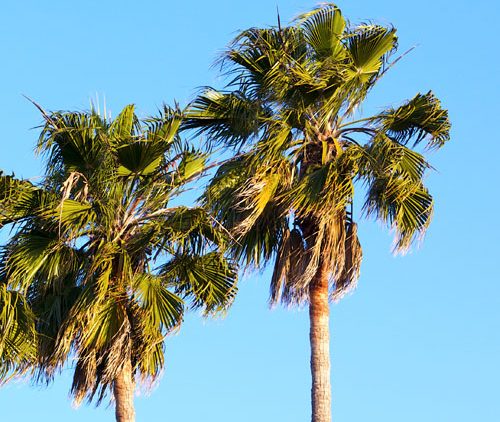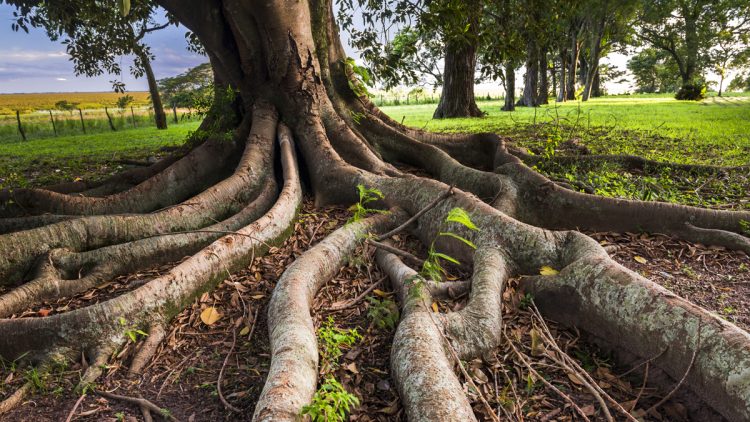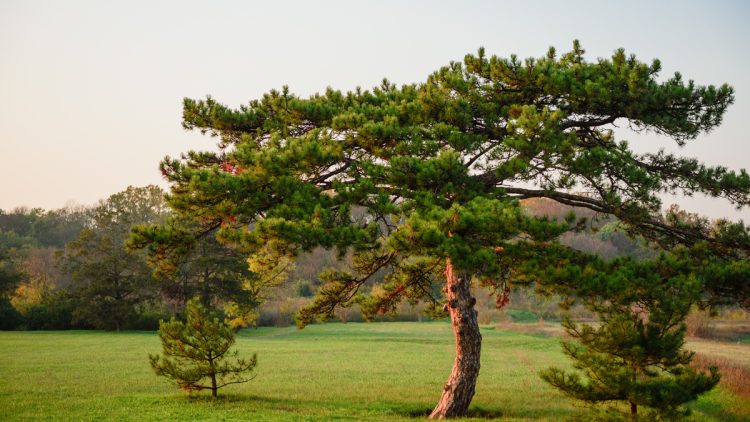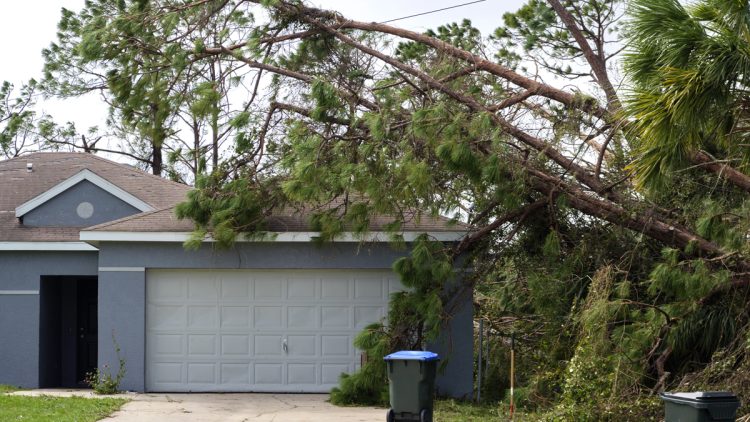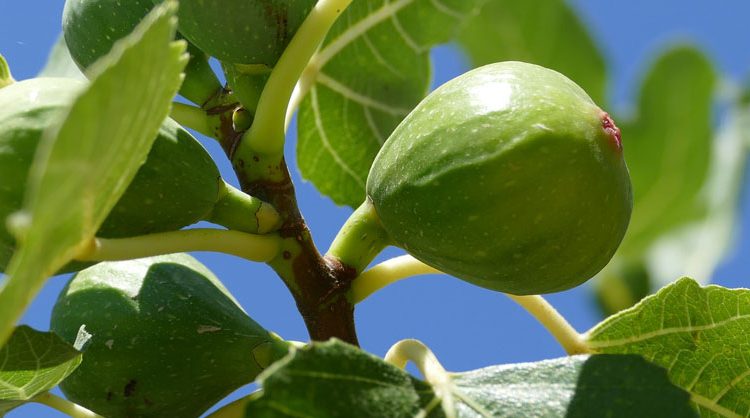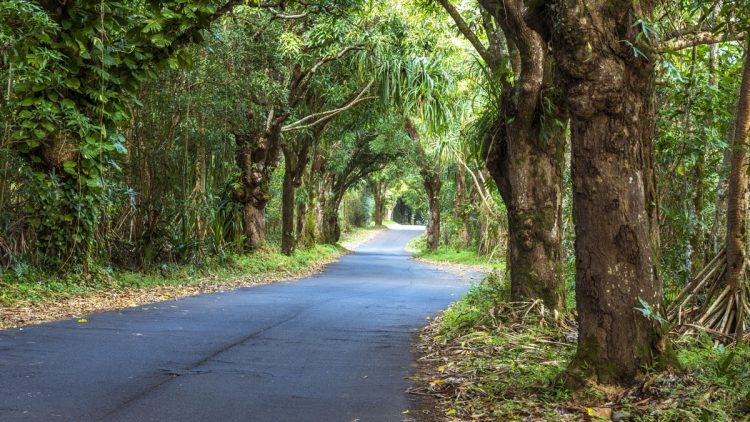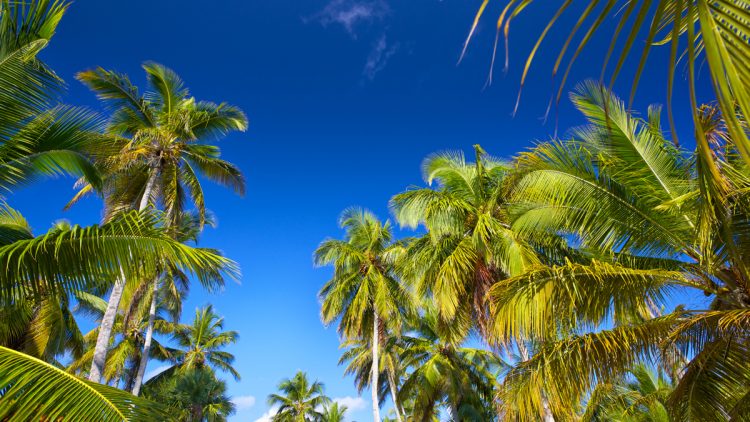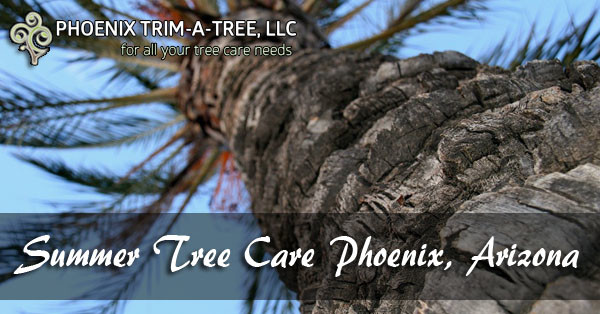Is Fallen Tree Removal Covered By Insurance?
Is Fallen Tree Removal Covered By Insurance?
GET A FREE ESTIMATE TODAY!
It depends on the circumstances. Home insurance does not cover the cost of removing a tree that has not yet fallen. You’re responsible for paying for general maintenance of your home and yard, such as pruning trees or removing a dying tree.
Will Homeowners Insurance Cover Tree Removal?
If a tree fell in a storm and damaged the house, home insurance generally would pay for repairs to fix the damage and for removal of the tree.
What if the tree simply fell in the backyard without damaging any structures? Then, you would have to pick up the tab. Home insurance generally does not cover the removal of the tree unless it falls on a fence, garage or home and causes damage.
Sometimes home insurance will pay for removing a tree if it falls and blocks your driveway. Or, if you’re disabled, home insurance might pay if the tree blocks a wheelchair ramp. Check your home insurance policy or call your insurance agent for details. Typically, home insurance policies cover tree removal up to $1,000 per storm.
Call your town or city government to learn what to do if a tree from your yard falls into the street. Some municipalities will remove the tree, and others will require you to do it.
If a tree from your yard fell on a neighbor’s home, your neighbor would file a claim on his or her home insurance policy. But you could be held liable if the tree was dying and you had been warned about the hazard.
Don’t count on getting reimbursed for the value of a fallen tree. Some insurance companies don’t cover trees because they believe it’s too difficult to value landscaping. Others cover damage to landscaping up to 5 percent of a home’s value.
Does Homeowners Insurance Cover Damaged Tree Removal?
Even if it seems like the tree could fall apart any day now, your policy may not cover the removal if it has yet to fall and damage your insured property. If your insurer determines that the tree needed to be removed previously but wasn’t due to negligence, you may not receive coverage.
Always try to take some preventative measures like removing or pruning damage trees on your property. Doing so can prevent serious damage from occurring in the future.
Will Homeowners Insurance Cover Preventative Tree Removal?
No matter the specific issue, homeowners insurance will not cover preventative tree removal. In this event, the costs associated with removing rotten or otherwise dangerous trees will most likely fall to you. With that being said, the costs are certainly worth knowing your home and family are safe from potential danger.
Damage as the result of fallen trees that were not removed due to the homeowner’s negligence may not be covered by your policy. At this time, you may be responsible for damages, injuries, and other legal fees that may result.
Conclusion
Talk to your insurance provider if you have any questions about your specific policy. Removing damaged or otherwise dangerous trees from your property is an important preventative measure every homeowner should take. Homeowners should also be insured if a storm or other event causes a tree to fall or split, resulting in damage to the home.
TREE TRIMMING AND REMOVAL SERVICES PHOENIX
Phoenix Trim-A-Tree offers tree removal and trimming services in Phoenix, Arizona as well as Scottsdale, Mesa, Tempe or Chandler, contact us today!

